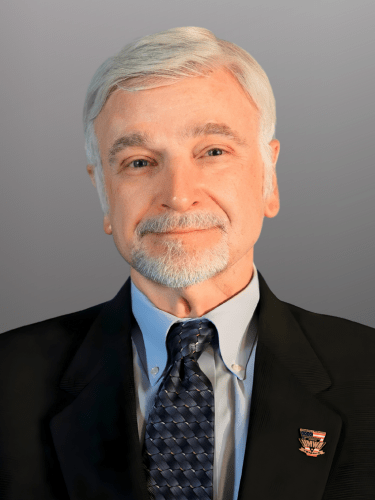Source: Times West Virginian
Many a local man has spent decades digging coal in the dark, damp and dangerous mines of southern West Virginia, providing enough dirty black mineral to build and power a nation. And now, many of those men, tethered to an oxygen tank, are struggling to breathe.
They are victims of black lung disease. Technically, pneumoconiosis. Progressive Massive Fibrosis (PMF) is the most severe form of black lung. The condition leaves miners with severely compromised health, lifestyles defined by the few steps they can take before stopping to catch their breath. Eventually, they can’t and they die – as if being suffocated. While they live, they are dependent on medical care covered in part by a federal fund, which – for these men – is a lifeline.
That lifeline has been stretched perilously thin.
The Black Lung Disability Trust Fund is at risk of insolvency. Mounting debt and a decline in coal company contributions are threatening the viability of the fund, according to a report by the U.S. Government Accountability Office. That shortfall – coming at a time when black lung rates are rising and coal industry fortunes are on the decline – could force the fund to slash benefits by half or shift some of the financial burdens to taxpayers.
Here’s the thing: Coal barons, who are never exposed to the dangers of the deep and who pocket wads of cash, are getting off the hook without addressing their ethical and moral responsibilities. And the government, according to new reporting, may be complicit.
As of the end of last year, coal companies were required to pay a $1.10 per ton excise tax on underground coal production to finance the fund. Because Congress – and our president – did not extend the tax in year-end appropriations legislation that is now tied up in the government shutdown, the amount reverts to the 1977 level of 50 cents.
That piddling amount will never cut it. The fund already has been forced to borrow more than $6 billion from the Treasury. About half of the fund’s revenue now services that debt.
And what is the response we get from the Oval Office? The country needs to spend $5 billion for a wall along our nation’s border with Mexico.
Coal companies are crying alligator tears, of course, and their political puppets whose campaign coffers they stuff with large donations are doing their bidding in Congress. Early drafts of a House tax bill included a one-year extension on the excise tax on coal. But the National Mining Association showed up in the halls of Congress, lobbied against the extension, and – presto, change-o – when a new version of the bill was released, the coal tax extension was gone.
The coal industry is under duress, certainly. With cheap natural gas and the emergence of the cleaner energy sources of solar and wind, coal’s share of the electric grid is waning. As a consequence, a number of companies have filed for bankruptcy. When that happens, their obligation to support medical care for miners afflicted with black lung is transferred to the fund. In 2017, there were some 2,600 such transfers, according to a congressional report.
So, yes, coal is in a terrible way, but that does not excuse coal companies from providing appropriate levels of care for their workers.
In every business, there is a price for keeping the doors open. In coal mining, especially, that has to include medical care for those who do the dirty work. Especially now. In southern West Virginia mines, much of what our miners are chasing is low coal, which requires cutting into rock seams, sometimes up to 12 inches of rock at a time. That generates thick clouds of fine and barbed particles of silica, and that is what gets inhaled, lodging in lungs forever, leaving them crusty and useless.
Over time, the damage becomes fatal.
Now, an NPR/Frontline analysis late last year of federal regulatory data shows that the government had evidence of excessive and toxic mine dust exposures, the kind that can cause PMF, as they were happening.
“They knew that miners were likely to become sick and die,” the news report said of those regulators. “They were urged to take specific and direct action to stop it. But they didn’t.”
This is deeply concerning.
For now, Sen. Joe Manchin, D-WV, has not been deterred by the year-end budget shenanigans. Just this past week, he announced legislation extending the Black Lung Disability Trust Fund tax for ten years.
The entire West Virginia congressional delegation needs to get behind this bill – and, further, to get to the bottom of the NPR report.
Our coal miners have given much to provide our nation with the energy that powered our prosperity. Time and again they entered the mines, risking their health so that our lives might be safe and comfortable.
Now, it’s beyond time that we honor the work and those men, and say that ours is a country that values hard work, respects the laborer and demands the truth.
Dig coal, Mr. President? Prove it.
— The Register-Herald



